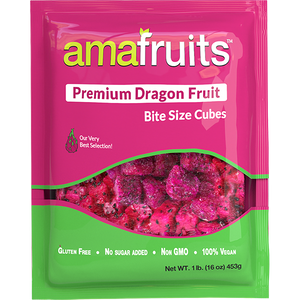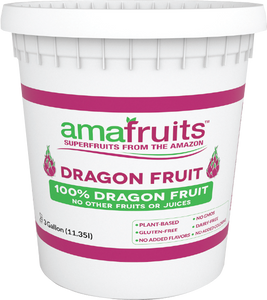Dragon fruit
Unleash the Dragon
Also known as “pitaya” or “pithaya”, dragon fruit is a fruit harvested from several species of cactus indigenuous to the Americas—primarily Central America and South America. Dragon fruit has distinctive purple pulp with a taste that could be described as a cross between a kiwi, a pear, and a watermelon.

Benefits of Dragon Fruit
-
Includes antioxidants.
-
The seeds hold Omega-6 and Omega-9 essential fatty acids.
-
Gets its vibrant colors from a variety of beneficial pigments, including betalain
-
Contains essential vitamins such as Vitamin A, Vitamins B1 (thiamin), B2 (riboflavin) and B3 (niacin), Vitamin C, and Vitamin E.
-
Contains minerals including calcium, iron, magnesium, potassium, selenium, copper, manganese, phosphorus, and zinc.
-
Immunity supporting plant sterols.
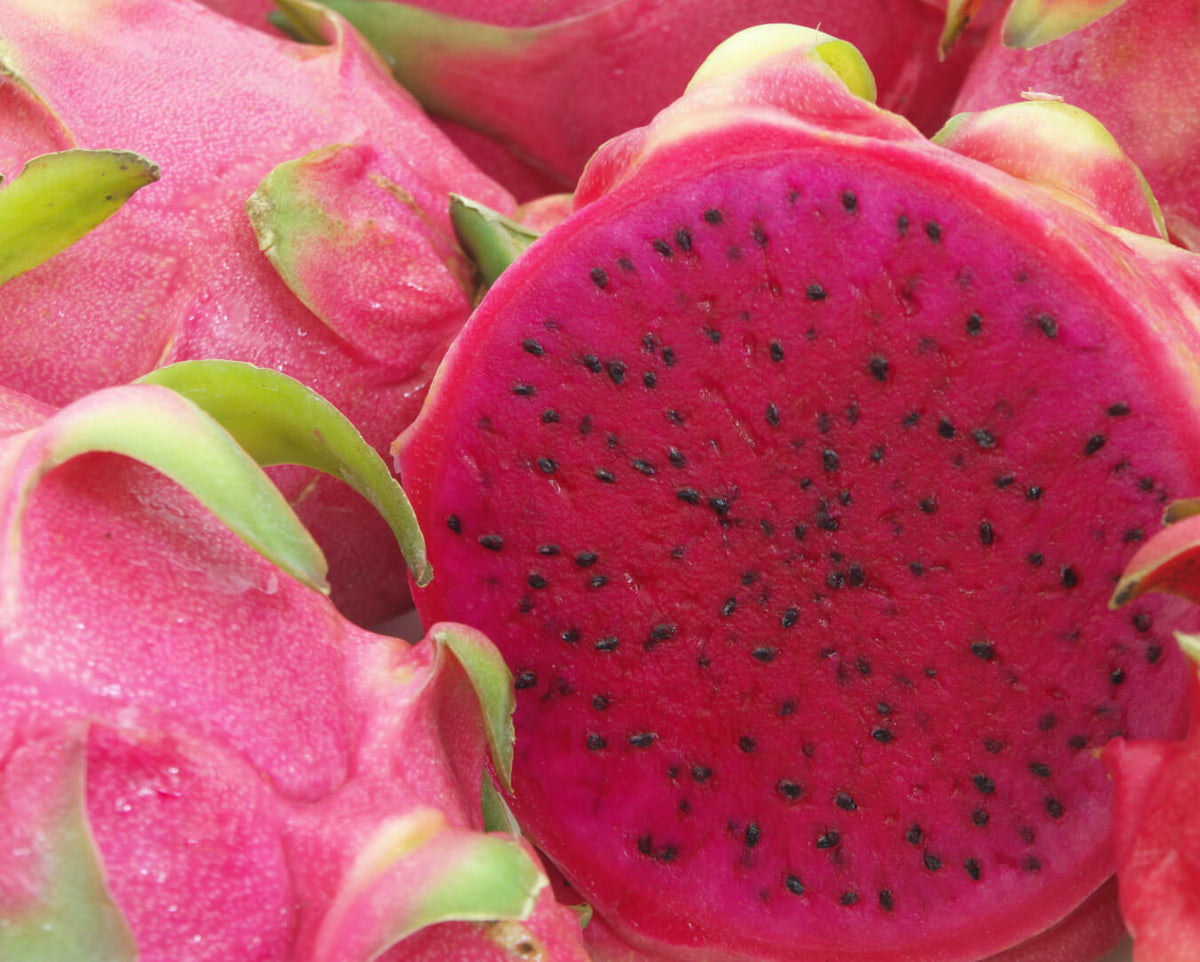
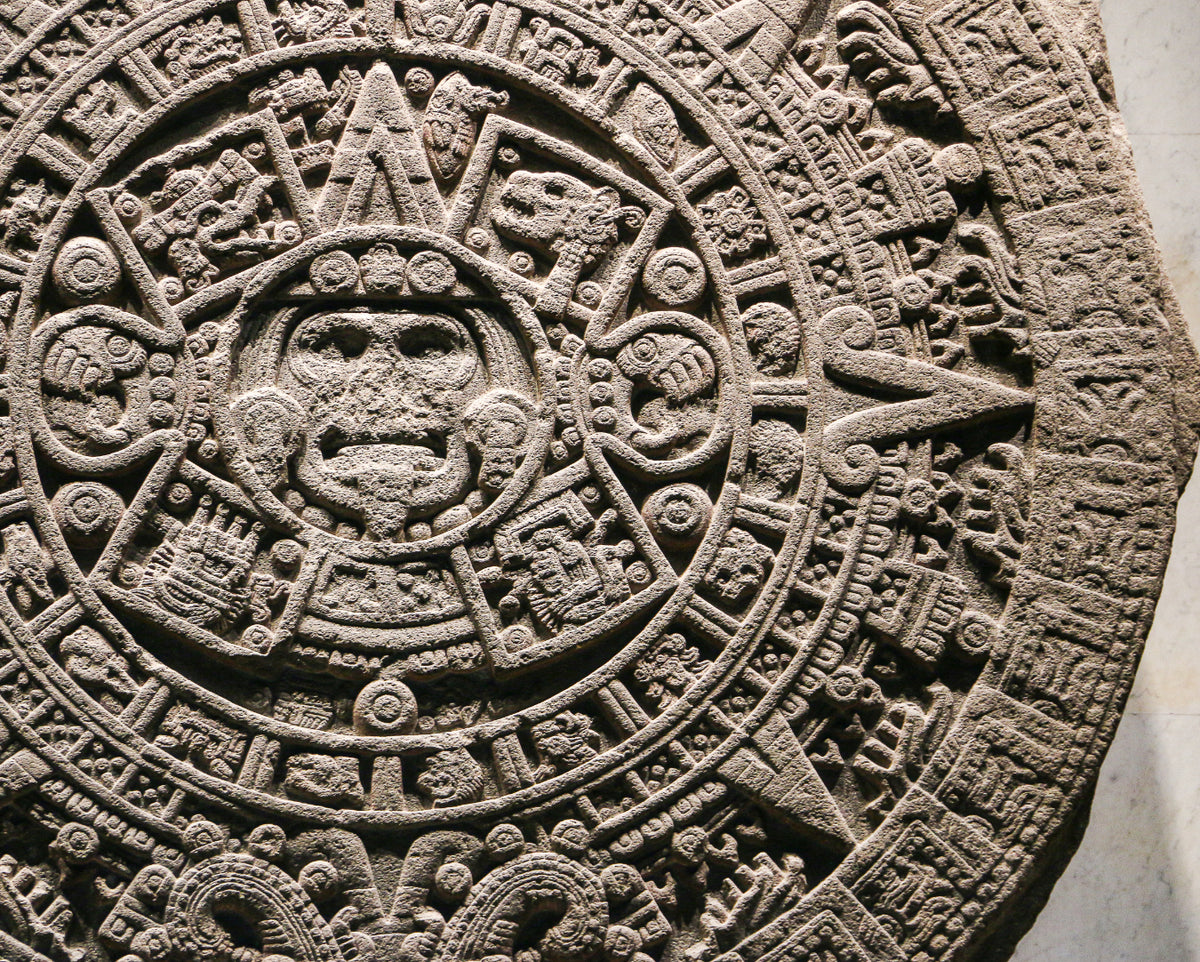
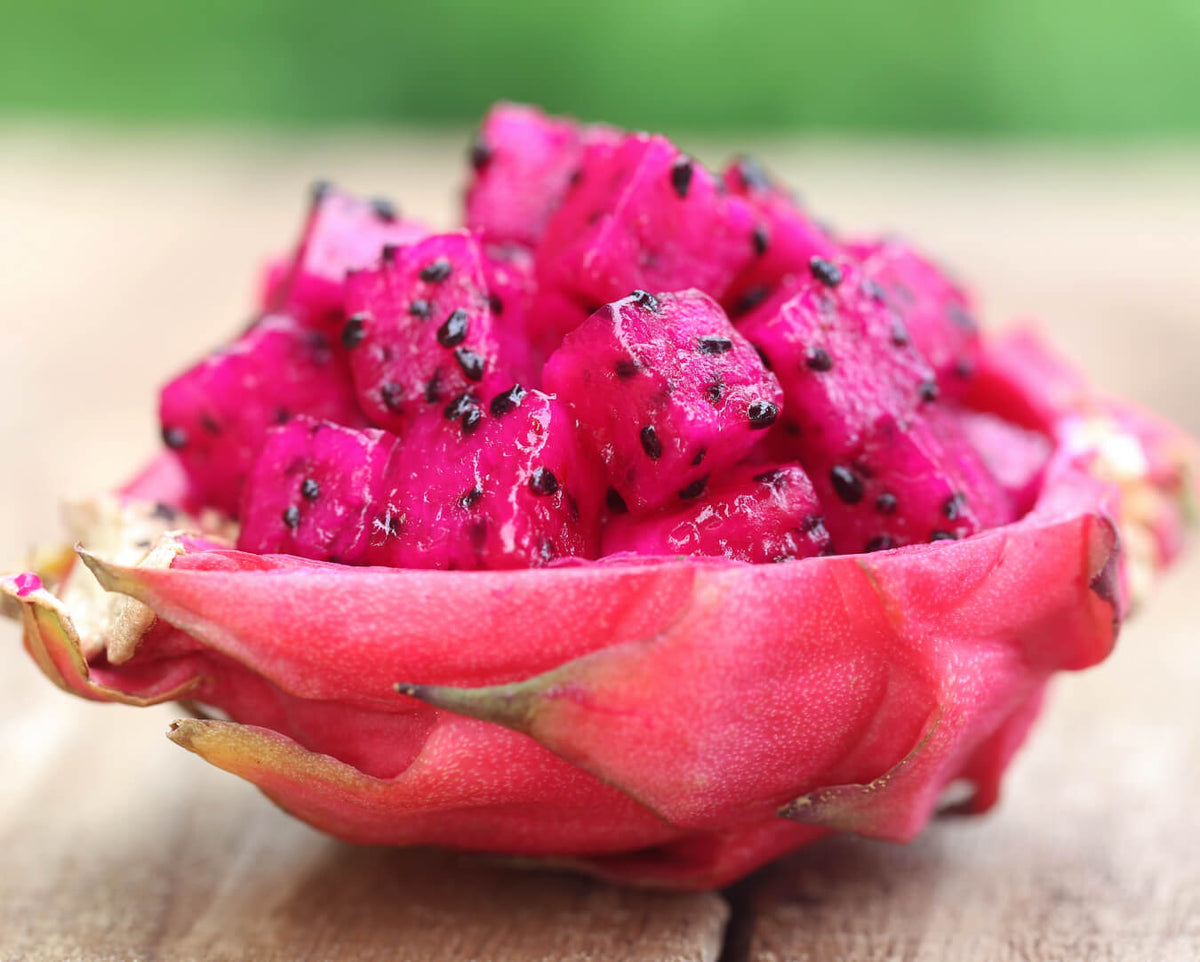
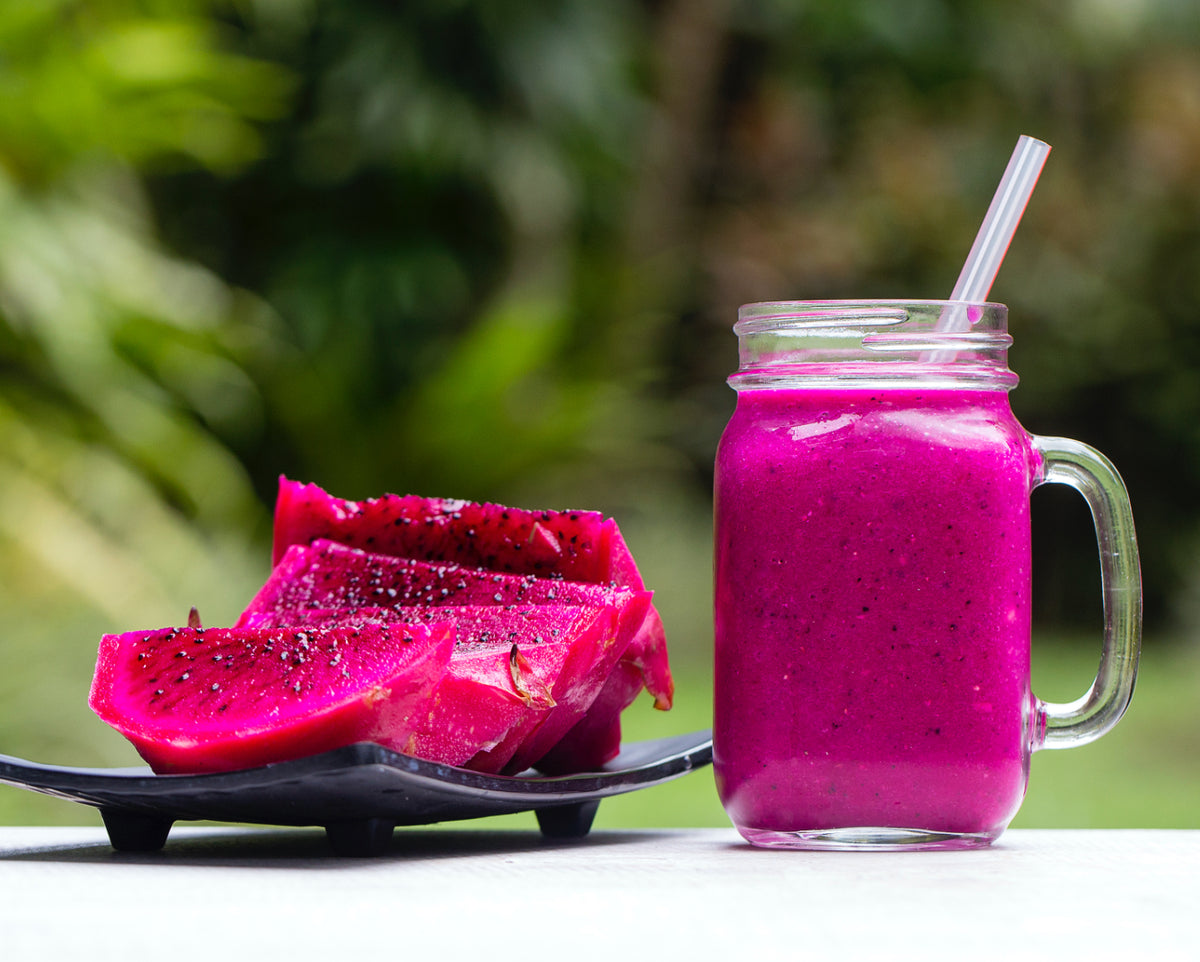
Harvesting Dragon Fruit
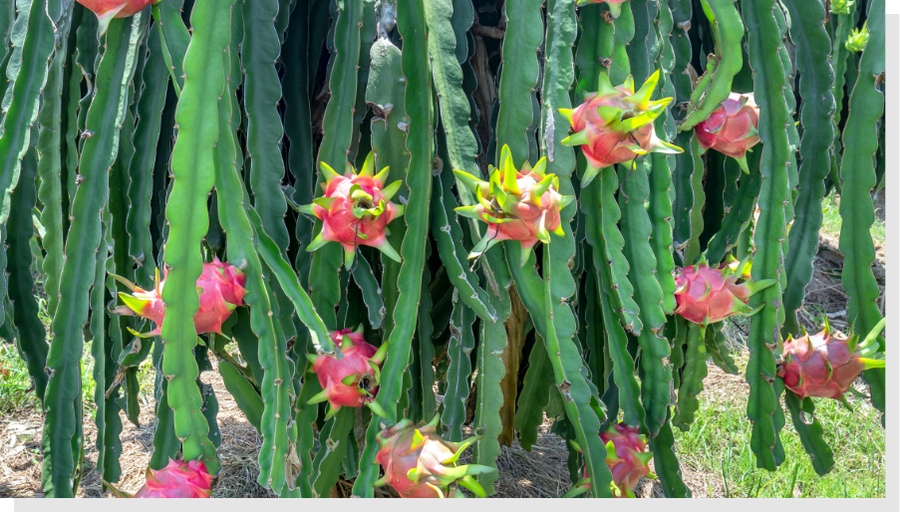
Dragon fruit are harvested from climbing cactus trees that thrive in both dry and humid climates and require very little water. The cactus trees need lots of sun exposure to do well, and they will typically blossom during the hottest months of the summer. That being said, if provided enough sunshine, humidity, and warmth, a dragon fruit tree can extend its growing season by several weeks or months.
The blossoms of the dragon fruit tree only bloom one night per year, and it is said the smell they produce during this rare moment is truly unforgettable. Once the blooms have passed, fruit begins to form at the outermost edges of the tree, and an average climbing cactus tree will produce fruit for 20 to 30 years.

Once the exterior of the dragon fruit has achieved a deep red color, and its external wings have started to “wither, then it is ready to harvest. At Amafruits, our dragon fruit is harvested and processed into IQF (Individually Quick Frozen) cubes on site in Brazil, preserving its nutrients and natural sweetness.








